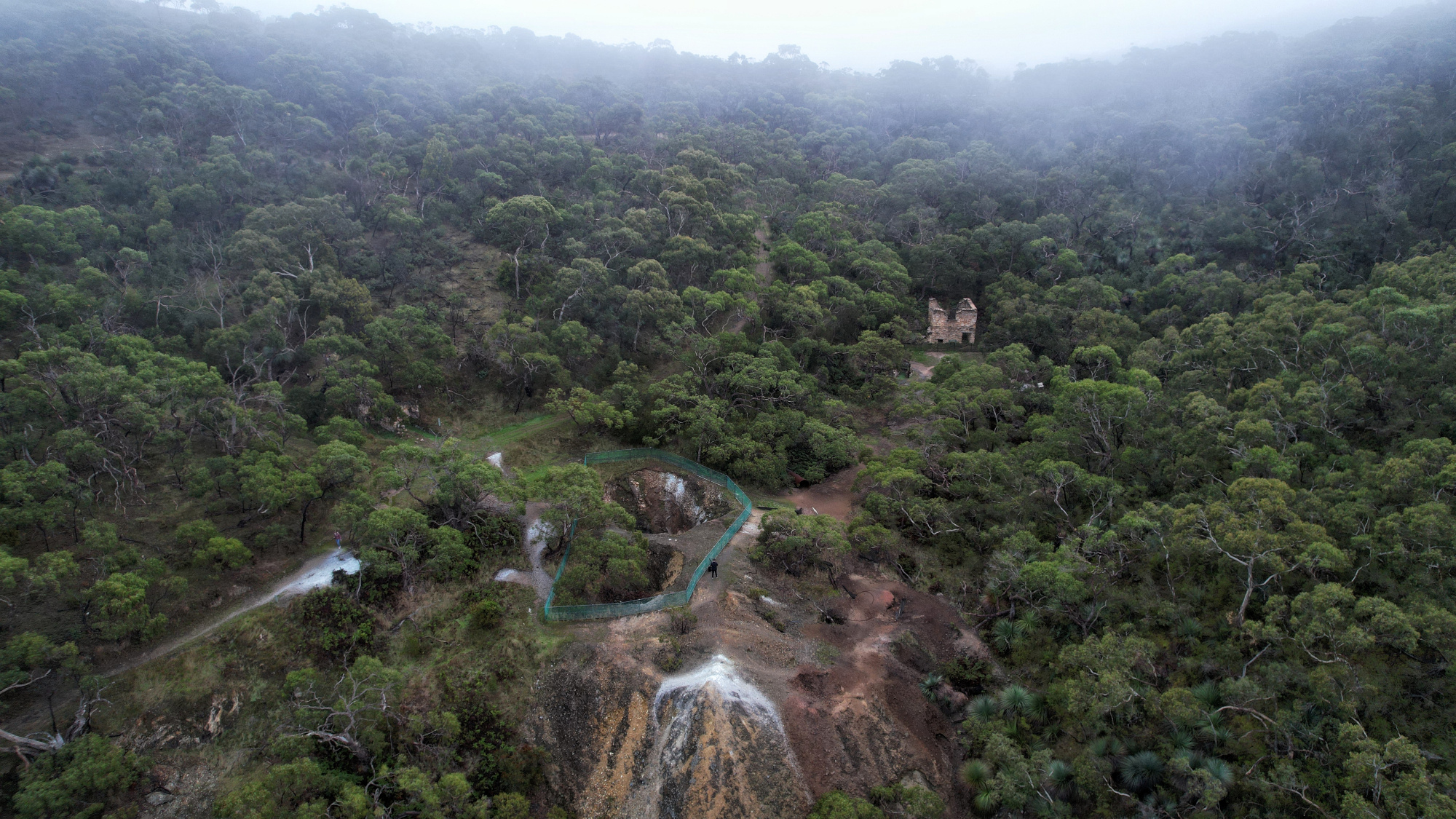Tucked away in a eucalyptus forest are the scant remains of our of South Australia’s greatest silver mines: Talisker Mine.
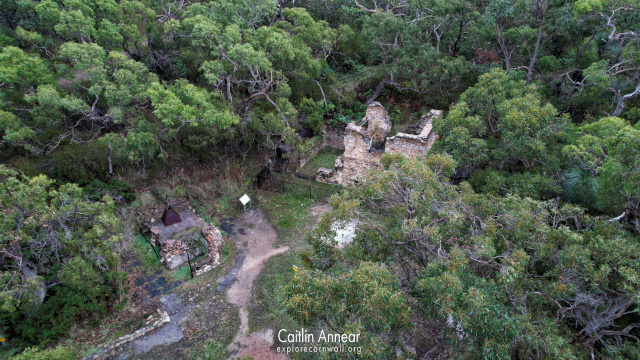
The mine here was opened in June of 1862 by the McLeod brothers, visiting the area in search for gold. Naming it after Talisker on the Isle of Skye in Scotland, the claim was originally challenged, but after involvement from the survey general remained in the brothers hands.
The following month and advertisement was put out for ‘good practical Cornish Miners’ and for them to report to Captain Jenkins. Ore was quickly brought to surface and shipped to England for assaying, and by August the mine had already reached a depth of 20 fathoms (36m). A crushing and dressing plant was erected the following year at Fishery Bay, ore taken by bullock and loaded onto barges, travelling first to Port Adelaide and then onto England. In 1865 a smelting plant and treatment works was installed on the mine site.
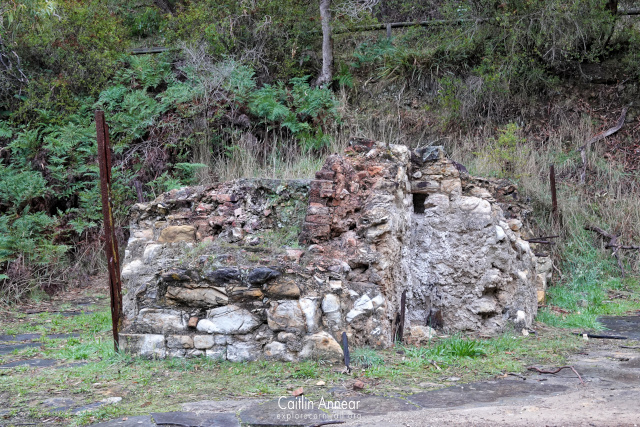
William Price took over as mine captain in 1865, seeing the installation of Cornish stamps not long after. By 1872 the mine was beginning to dwindle. Work mostly stopped in 1891, but restarted again sometime before 1899 when it amalgamated with neighbouring Campbell’s Creek mine in 1899. A smattering of arsenic mining occurred until 1925, with all mining ceasing just ten years later.
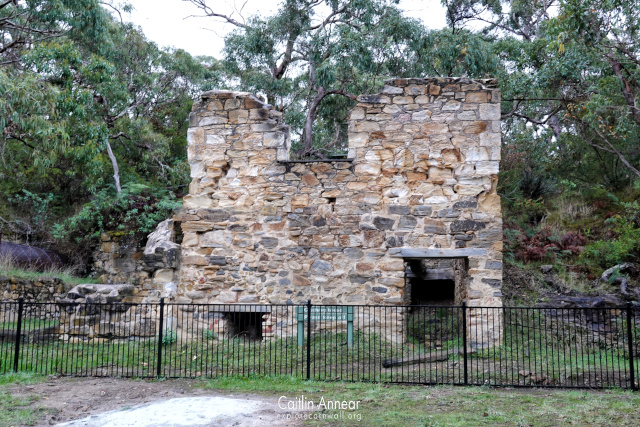
Engine Houses
Talisker Mine had no beam engine houses like the mines at Moonta and Burra, but did have steam engines. The crushing engine built in 1863 was powered by a 12 horsepower steam engine. There was also a pumping and winding engine on Main shaft that lived not in an engine house but in an iron building. The flue for this remains today. A second steam engine also worked here, the engine and boilers having been hauled from Fishery Bay.
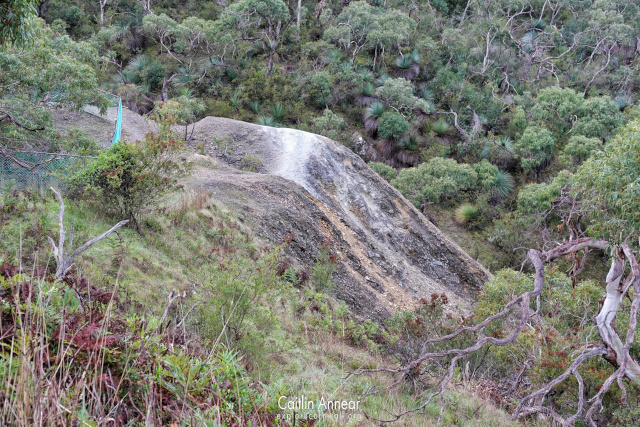
Main (132m), Price (60m), Glyde (78m), Tapley (113m) and Mufford.
Six lodes were worked.
1868-1935
4.5 tons (4,572 kg) of silver.
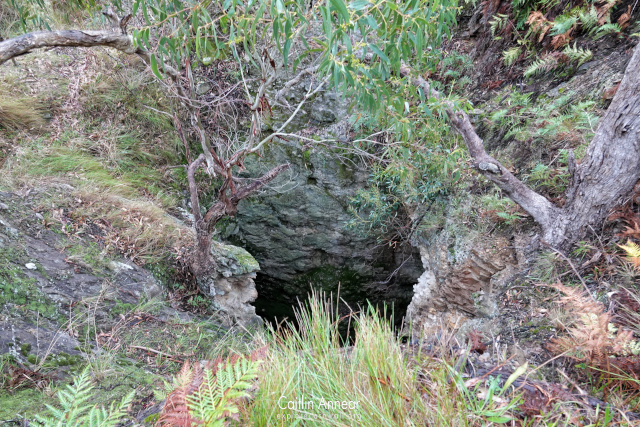
Access is free. The paths are quite steep in places.
Free parking available.
Advertising. (1862, July 5). South Australian Weekly Chronicle. https://trove.nla.gov.au/newspaper/article/90256367?searchTerm=talisker%20mine
Finniss Vale. (1862, August 30). South Australian Register. https://trove.nla.gov.au/newspaper/article/50169036?searchTerm=talisker%20mine
Talisker Mine. (2023). Mindat. https://www.mindat.org/loc-17051.html
Talisker Mine Ruins. (2023). South Australia. https://southaustralia.com/products/fleurieu-peninsula/attraction/talisker-mine-ruins
Talisker Silver Lead Mine Hike. (2023). Walking SA. https://www.walkingsa.org.au/walk/find-a-place-to-walk/talisker-silver-lead-mine-hike/
Talisker Silver-Lead Mine: A Guide to the Historic Mine Site. (1993).
Topics of the Day. (1862, July 5). The South Australian Advertiser. https://trove.nla.gov.au/newspaper/article/31812302?searchTerm=talisker%20mine
